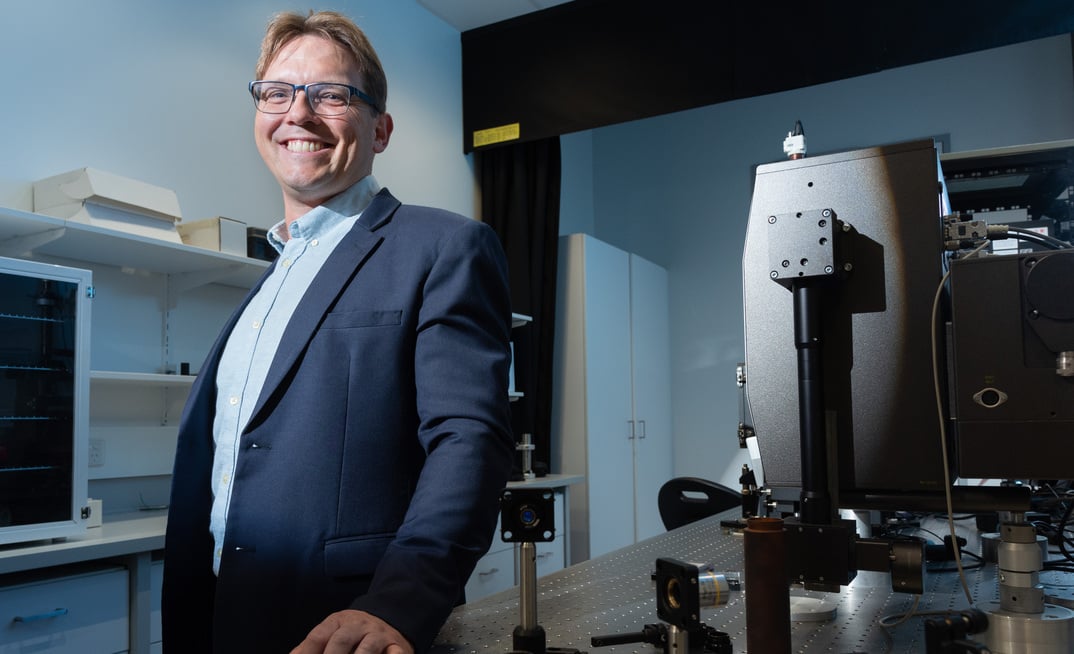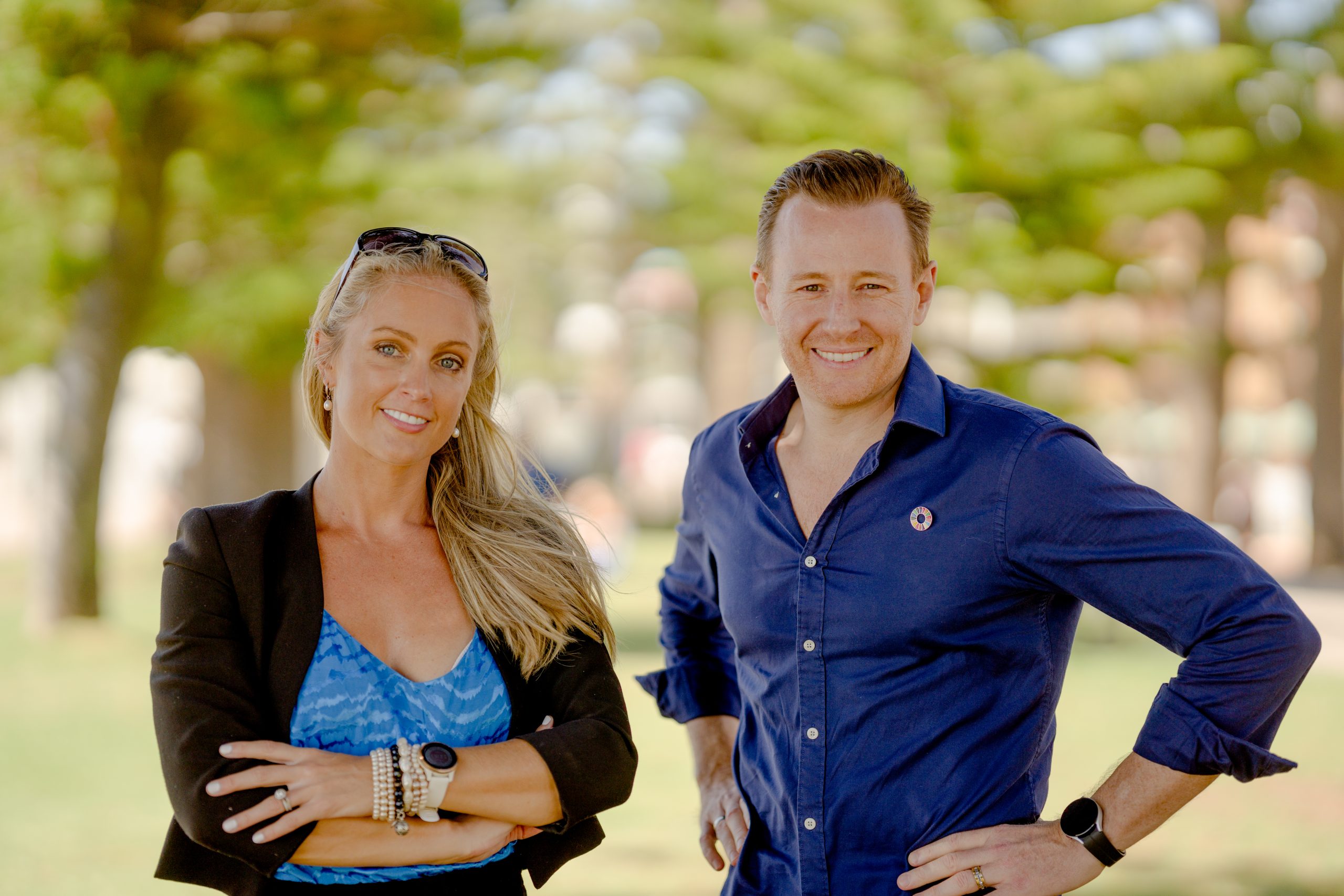This monthly column by Jeremy Liddle, Executive Director of Third Hemisphere, was originally published in The Australian and Stockhead. You can also read it in The Daily Telegraph, MSN, Herald Sun, Townsville Bulletin, The Courier Mail, The Advertiser, Cairns Post, The Chronicle, The Mercury, NT News, Geelong Advertiser, and Gold Coast Bulletin.

Discover Significant Growth Opportunities in the Sustainable Industrial Revolution
There’s no denying the world as we know it changed forever with the Industrial Revolution.
On balance, we now enjoy greater wealth, healthier diets, improved housing, and cheaper consumer goods.
In sum, an overall higher quality of life.
But this revolution also wrought devastating and pervasive harm to our planet, and spawned a number of industries that are particularly damaging.
Seven key industrial sectors – named the “harde-to-abate” sectors – account for over one-third of the world’s total emissions, and contain the most difficult emissions reduction challenges: aluminium, aviation, chemicals, concrete, shipping, steel, and trucking.
These hard-to-abate sectors are now a focus of critical initiatives by organisations like the World Economic Forum (WEF)’s First Movers Coalition (FMC).
The WEF FMC comprises an alliance of global companies in these difficult sectors, using their purchasing power to create early markets for innovative clean technologies.
Without commercialising and scaling these critical technologies, Australia and other heavily-industrialised countries will never meet their net zero emissions ambitions.
And because these hard-to-abate sectors are worth trillions, emerging tech businesses with solutions to one of their most important problems will provide investors with huge opportunities.
Yes, Aussie investors, there’s money in this
The FMC ‘buyers coalition’ has already secured 113 total commitments from 87 members from top global corporations and non-profit organisations across the seven sectors.
The member organisations include the likes of Apple, Volvo, Airbus, Salesforce, Alphabet, Microsoft, Amazon, BHP, Logitech, Schneider, Fortescue, Ford, Pepsico, Rio Tinto, and dozens more.
Basically, almost every major global corporation you have or haven’t heard of with operations in these sectors wants to buy climate tech solutions, right now.
This has already created $15 billion in demand for near-zero-emission products and services, supported by 13 Government partners representing over 50 per cent of global GDP.
These technologies are not yet available at the scale these organisations require, so anyone who manages to find and invest in the companies that will service this $15 billion in demand will be looking at some very healthy returns.
But how and where do you start looking?
First up… Steel
Australia’s economy, and many great Australian companies, are huge contributors to, and beneficiaries of, the steel industry and its supply chain.
So it makes sense for Australian investors to start looking here.
Steel negatively impacts the environment from the initial extraction of iron ore via opencast mining through to the incredibly carbon-intensive manufacture and end-use of steel products.
This includes various stages of processing, conversion, treatment, manufacture, and transport which all consume energy, generate emissions, and create waste.
This might explain why the steel industry alone consumes 5.9 per cent of global energy, with some sources suggesting it emits as much as 11 per cent of global CO2 emissions.
It also might explain why during New York Climate Week last month, the WEF FMC sponsored the launch of the ‘ Near-Zero Steel 2030 Challenge’ calling for businesses globally to commit to producing and purchasing near-zero emissions steel by 2030.
The Challenge is being run on the Greenhouse Challenge Platform, which acts as a transparent marketplace for running thematic challenges focused on addressing climate change, with companies like HolonIQ among the first to use it.
Greenhouse also recently opened applications for startups to join its new $29 million climate tech hub in the Sydney CBD to help scale ambitious climate tech companies, so it made perfect sense for WEF to choose Greenhouse and its platform.
The near-zero steel challenge will connect companies interested in purchasing near-zero steel with companies that have the capability or interest in producing it.
It will also connect steel suppliers to climate tech companies specialising in enabling technologies like hydrogen, renewable energy, and carbon capture.
As part of the challenge, WEF FMC steel members are committing to purchasing near-zero steel for at least 10 per cent of their steel purchases by 2030.
So this could prove an excellent place to start looking for investment opportunities.
Climate tech and the sustainable industrial revolution
In a perfect future, the materials we use to further industrialise and advance will be sustainable, and actually progress a net-negative emissions pathway.
In such a world, we could continue creating a better quality of life for humans without sacrificing our natural environment.
And in the process, investors can participate in the massive gains that will be realised in the sustainable industrial revolution.










